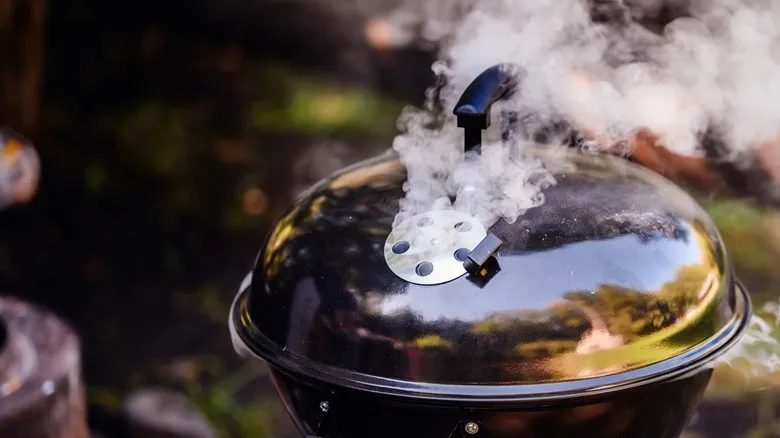The fermentation process is what makes barley wine an ale
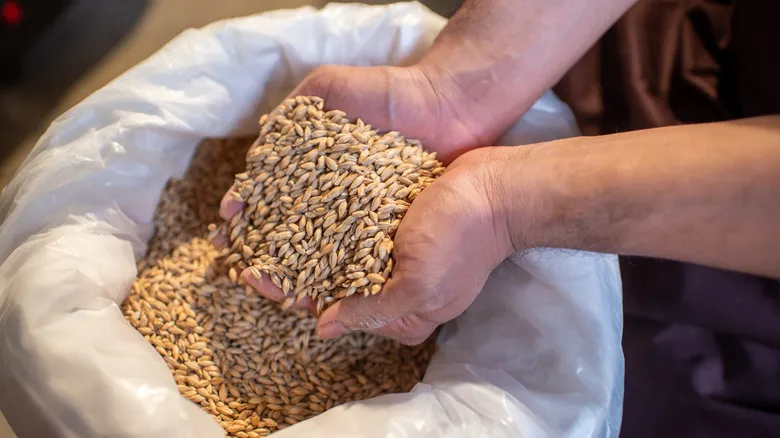
All beers fall into two categories: ales or lagers, with these classifications determined by the type of yeast utilized and the fermentation temperature. Barley wine is crafted using traditional ale-brewing techniques, which involve a top-fermenting yeast and require fermentation temperatures ranging from 60 to 70 degrees Fahrenheit. Brewers typically incorporate a greater amount of malts compared to other ale varieties, particularly malted barley, which is a fundamental component in most beers. The increased quantity of this grain results in more fermentable sugars, contributing to the characteristic high alcohol content. To balance the sweetness derived from the additional malted barley, a generous amount of hops—responsible for beer's bitterness—is added.
Currently, there are two primary styles of barley wine: English and American. While both remain among the strongest ales available, they exhibit notable flavor distinctions. American-style barley wine is generally hoppier, whereas the English version leans towards sweetness with only subtle hop notes. Similar to wine, barley wine benefits from aging due to its elevated alcohol content, and both styles are occasionally matured in barrels that previously held whiskey. This aging process imparts flavors of oak, vanilla, and spices absorbed from the barrel's former contents. Despite the clear differences between the two styles, barley wine boasts a rich flavor profile that appeals to those who appreciate sipping and enjoying a brew with intriguing tastes. Just keep in mind that this is not your typical beer when it comes to alcohol levels.
Recommended
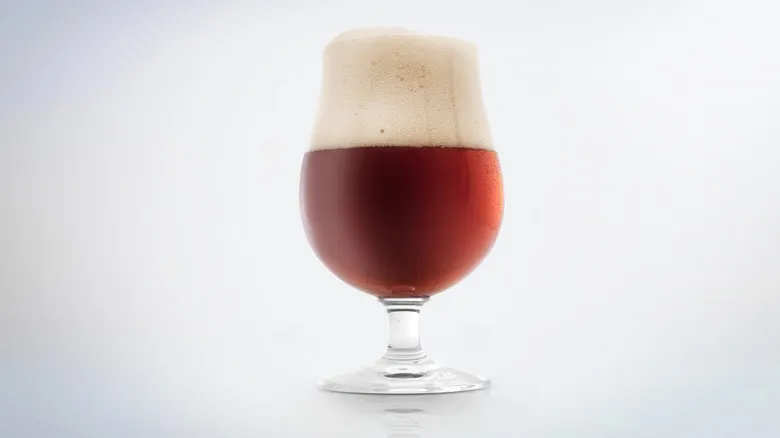
What Makes English-Style Old Ale Unique?
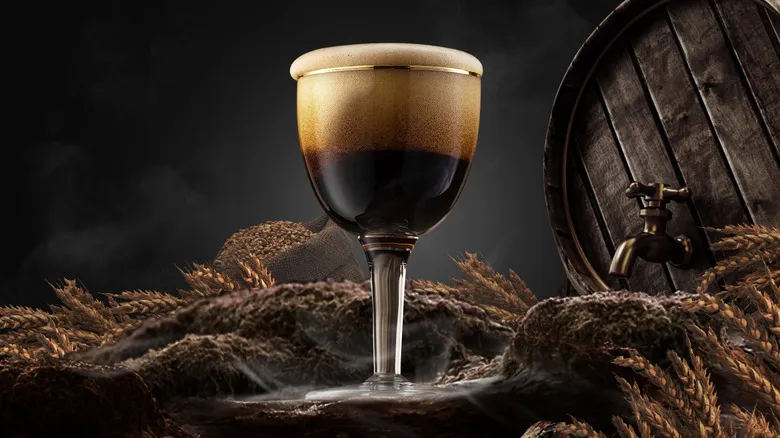
The Science Behind How Nitro Beer Is Made
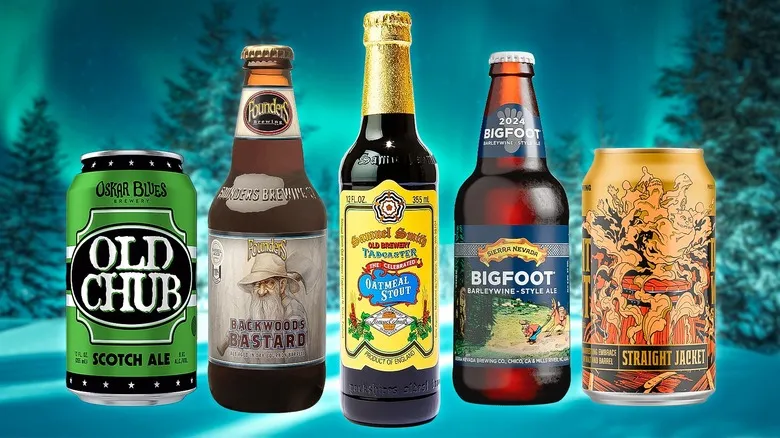
12 Best Beers To Enjoy During The Winter
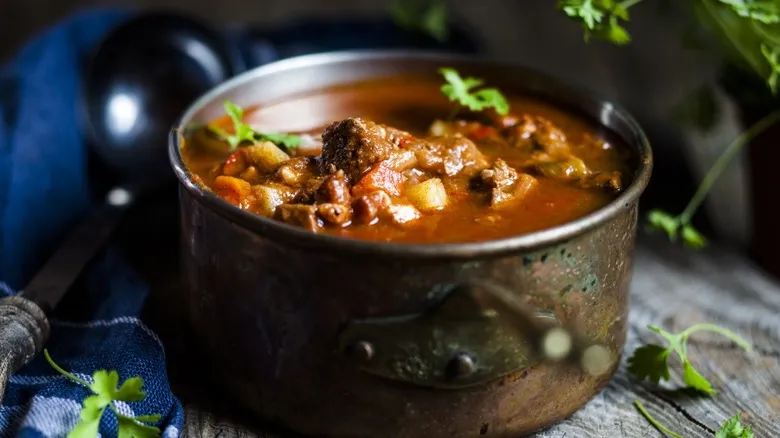
For More Flavorful Stews, There's One Type Of Ale You Should Pour In
Next up




